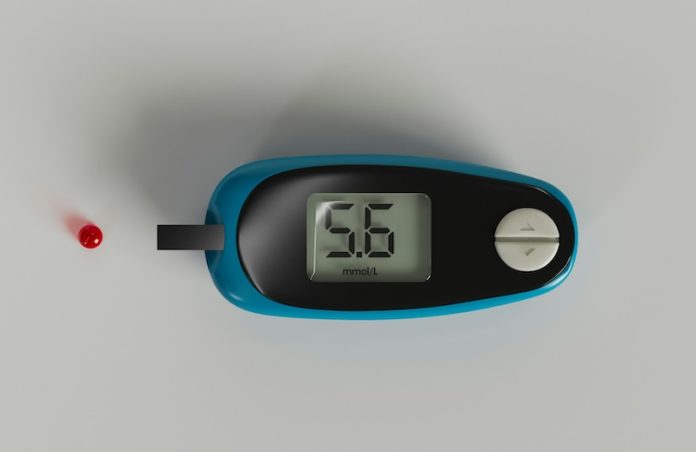
For people living with diabetes, managing blood sugar levels is a crucial aspect of maintaining health and preventing complications. With the advancement of technology, blood glucose monitors have evolved significantly, offering new features and greater convenience than ever before.
This review explores the best blood glucose monitoring devices available today, emphasizing their benefits and how they cater to different needs of diabetic patients.
Traditional blood glucose meters have been used for decades. These devices require a small blood sample, usually obtained from a finger prick. The blood is placed on a test strip that the meter reads to provide a glucose level reading.
While effective, the need for frequent finger pricks can be a drawback for many, leading to discomfort and callus formation over time.
One of the significant advancements in this area has been the development of continuous glucose monitoring systems (CGMs). CGMs provide real-time, dynamic glucose information by continuously measuring glucose levels through a small sensor inserted under the skin.
These devices can display trends and alert users to rapid changes in their glucose levels, which is critical for avoiding both high and low blood sugar episodes.
Dexcom G6 is one of the leading CGMs on the market. It is known for its accuracy and ease of use. The Dexcom G6 does not require fingerstick calibrations, and you can wear the sensor for up to 10 days before it needs to be replaced.
It also integrates with a smartphone app, allowing users and their healthcare providers to monitor glucose levels remotely.
Freestyle Libre is another popular CGM that has gained attention for its affordability and the ‘flash glucose monitoring’ technology.
Unlike traditional CGMs, the Freestyle Libre allows users to scan the sensor whenever they want to check their glucose levels instead of displaying them continuously. The sensor can be worn for 14 days, and it also does not require fingerstick calibrations.
For those looking for a more traditional approach without continuous monitoring, the Accu-Chek Guide is highly rated for its accuracy and ease of use. It features a spill-resistant vial for test strips and a wide dosing area, making it easier to apply blood samples.
The Accu-Chek Guide also connects to a mobile app that can track levels over time and share data with healthcare providers.
Another innovative product is the OneTouch Verio Flex. It features ColorSure technology, which uses color-coded feedback to quickly inform users if their glucose levels are in a normal, low, or high range. This meter also uses a mobile app to help track patterns and connect with care teams.
Ease of use, pain reduction, and data sharing capabilities are key considerations when choosing a glucose monitor. For the elderly or those with dexterity issues, devices with simpler interfaces or integration with smartphones can provide easier access to data.
Children and active individuals might benefit from the robust features of CGMs, which can track glucose levels during various activities without needing to stop and test.
In conclusion, the best blood glucose monitoring device depends on individual needs, lifestyle, and the specific features that will support effective diabetes management.
Whether through advanced CGMs like the Dexcom G6 and Freestyle Libre or more traditional meters like Accu-Chek Guide and OneTouch Verio Flex, these devices play a crucial role in helping individuals manage their diabetes more effectively.
As technology advances, we can expect even more improvements in accuracy, convenience, and integration with health management tools.
If you care about diabetes, please read studies about Vitamin D and type 2 diabetes, and to people with diabetes, some fruits are better than others.
For more information about diabetes, please see recent studies that low calorie diets may help reverse diabetes, and 5 vitamins that may prevent complication in diabetes.
Copyright © 2024 Knowridge Science Report. All rights reserved.



